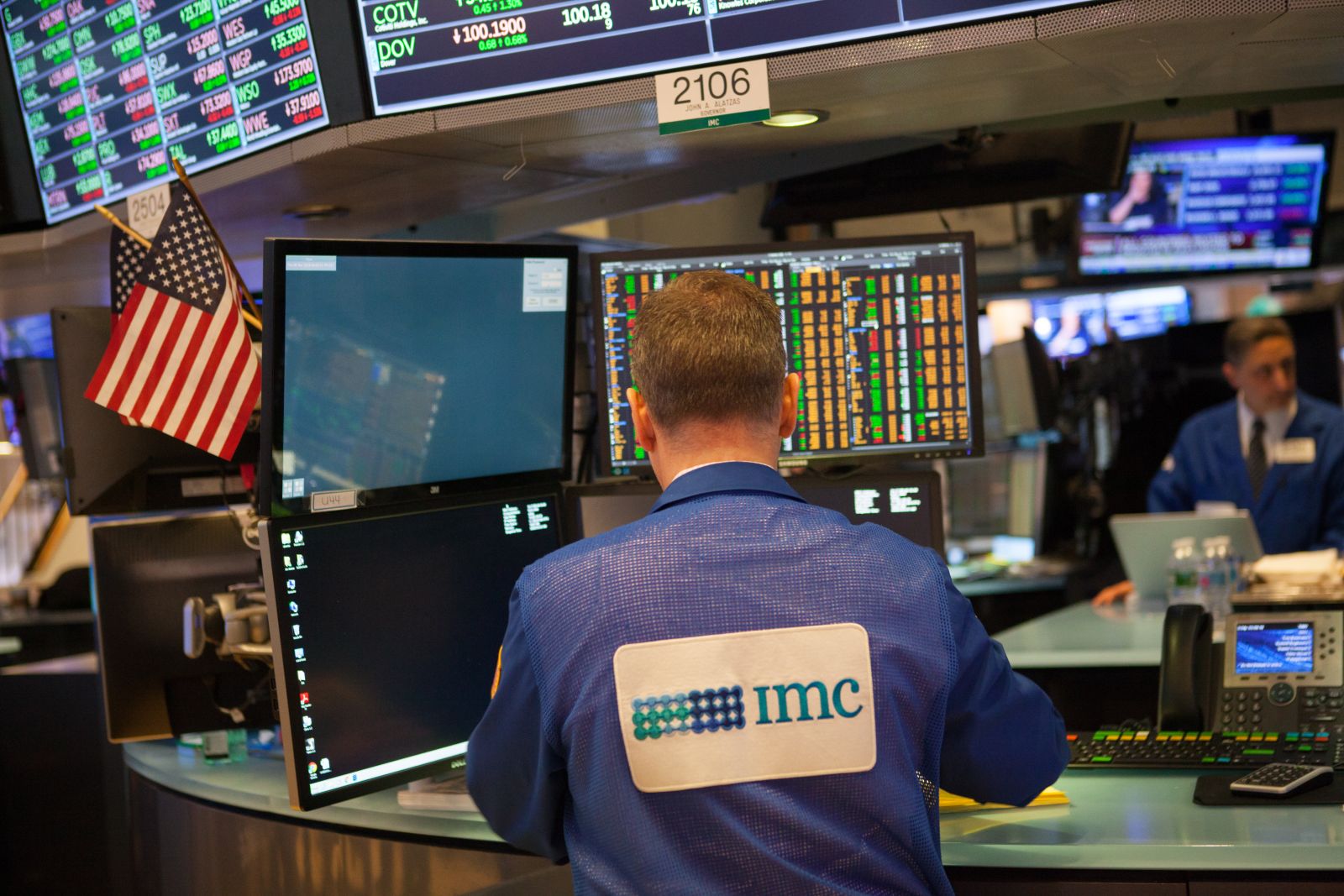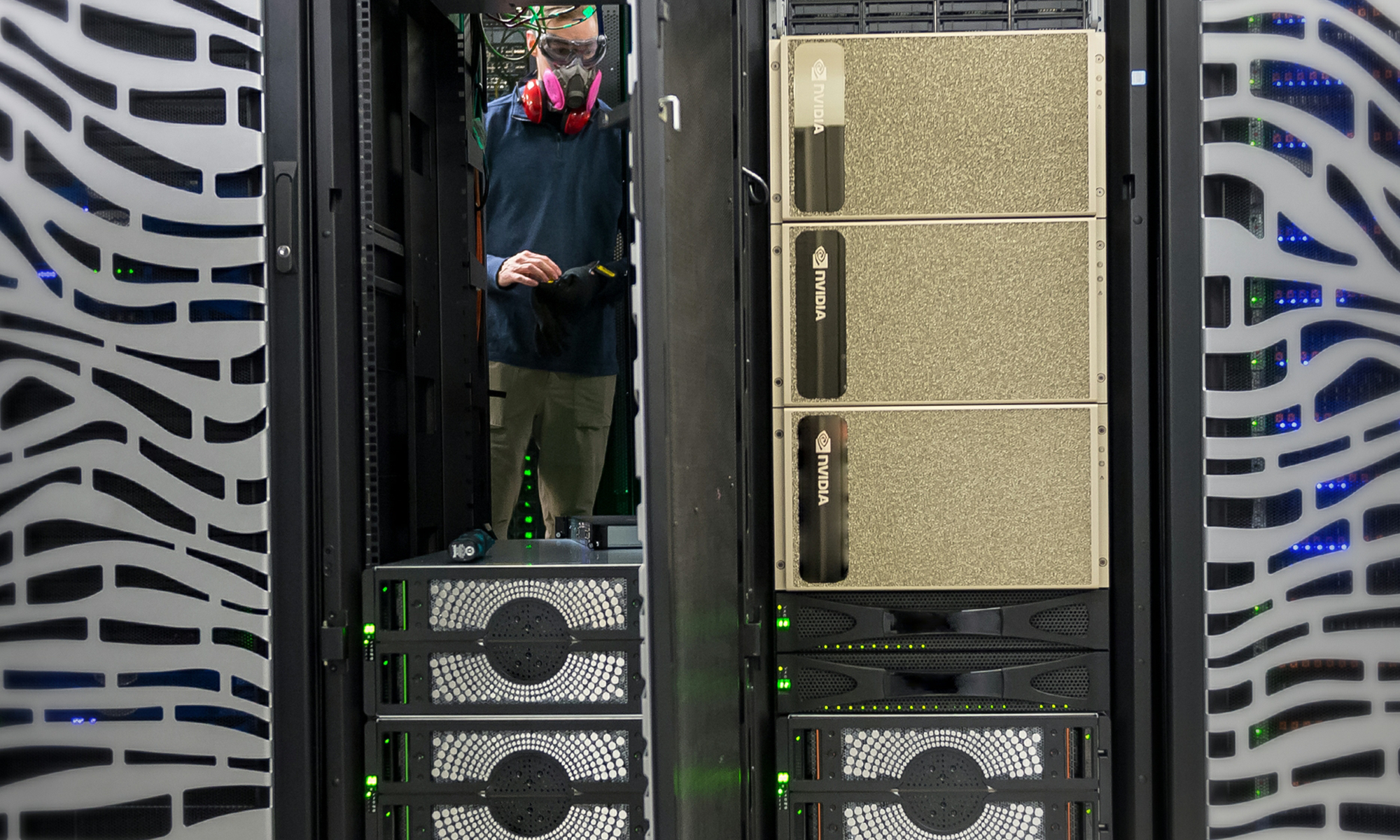The U.S. stock market has reached a psychological threshold as the S&P 500’s price-to-earnings (P/E) ratio approaches 30, a number historically associated with market corrections. At 29.85 as of August 14, the current multiple suggests valuations are stretched, especially in light of weak economic fundamentals. This level was last seen in early 2002, just before the dotcom crash, and also in 1929, prior to the Great Depression. Investors should be cautious, as history shows that such extreme valuations often precede sharp declines or extended periods of underperformance [1].
The economic backdrop appears increasingly fragile. The U.S. added just 73,000 jobs in July, with revisions to prior months pushing the three-month average down to 106,000, far below the 400,000 seen in the same period last year. Heather Long, chief economist at Navy Federal Credit Union, has labeled the data a “game changer,” indicating a rapidly deteriorating labor market [1].
Growth has also fallen short of expectations. The first half of 2025 saw GDP expand at an annualized rate of 1.75%, down from 2.7% in the fourth quarter of 2024. The Congressional Budget Office projects average growth of only 1.7% to 1.8% through 2035, a pace too slow to reduce the federal debt, which is expected to rise from 100% of national income in 2025 to 110% by 2031 [1].
Meanwhile, inflationary pressures are mounting. Producer prices jumped 0.9% in June, the largest increase in nearly three years, as the impact of Trump-era tariffs begins to manifest. These tariffs are increasingly being passed on to consumers, with companies like Walmart, Target, and Ford already raising prices. The Tax Foundation estimates the annual cost to consumers and businesses at $200 billion, or about 6% of total federal tax revenue collected in 2024 [1].
The housing market is another concern. With home prices at record highs and mortgage rates hovering around 6.7%, affordability remains a barrier for many. This has led to a stagnation in home purchases and construction, potentially undermining a key driver of national prosperity [1].
Investors are pinning their hopes on Federal Reserve rate cuts, particularly in September and beyond, but the 10-year Treasury yield remains stubbornly high at 4.3%, offering little relief for borrowers or equities. While the Fed has signaled a reduction in benchmark rates, the broader bond market has not responded with the expected decline in long-term yields [1].
The current surge in stock prices is largely driven by momentum rather than earnings growth. The S&P 500 index has risen 120% since the end of 2019, while earnings per share have grown by just 67%, resulting in the widening gap that pushed the P/E from 22 to nearly 30. This divergence suggests that the market is being driven by speculation rather than fundamentals [1].
The earnings yield for the S&P 500 is now at 3.3%, the lowest since the early 2000s. Assuming 2.5% inflation and no change in the P/E multiple, annual returns would be around 5.8%, significantly lower than the 14% annualized gains from 2019 to 2025. If the P/E contracts to 25 by 2030, total returns would be wiped out by inflation, leaving investors with a real loss [1].
The historical pattern suggests that valuations this high often lead to disappointing outcomes. While stocks remain a key asset class, the current environment offers a weaker case for heavy exposure than in previous cycles. Bonds, now offering yields of 4.3%, have become more attractive as a relative value play. Investors must remain vigilant, as the forces of gravity—market corrections and economic realities—eventually assert themselves [1].
Source: [1]title1………………………..(https://fortune.com/2025/08/16/stock-market-outlook-rest-of-2025-crash-overvalued/)


